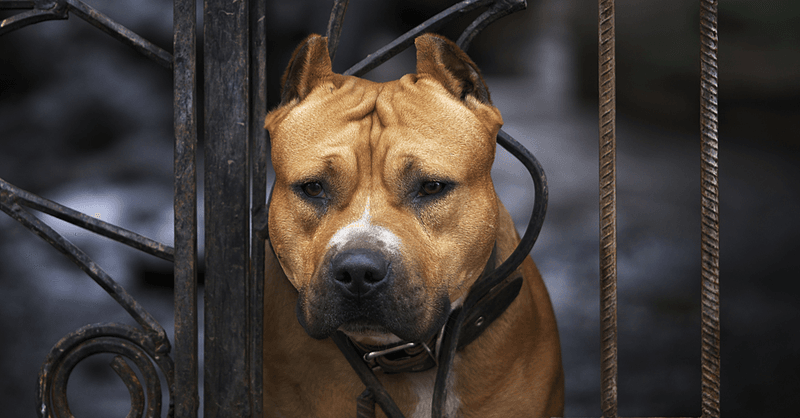In recent months, new legislation and local ordinances have placed fresh restrictions on two of the most polarizing dog breeds in the world: Pit Bulls and Rottweilers. These regulations—ranging from mandatory muzzling and licensing to outright bans—have reignited a heated debate between lawmakers, animal rights advocates, dog owners, and public safety officials. As communities around the globe grapple with rising concerns about dog attacks and breed-specific behavior, the question remains: Are these new rules truly about safety, or do they reinforce outdated stereotypes and unfair stigmas?
The New Regulations
In city halls worldwide, new laws are shaping the landscape for Pit Bull and Rottweiler owners. Mandatory muzzling in public, special permits, and strict leash laws are just the beginning. Apartment complexes now enforce breed bans, creating a labyrinth of regulations for dog owners. While some see these rules as necessary safety measures, others view them as a patchwork of unfair stigmas. As lawmakers debate, communities are left to navigate a complex web of breed-specific legislation. The ongoing challenge is balancing public safety with fair treatment of these often-misunderstood dogs.
Supporters: Safety First
For advocates of the new breed restrictions, safety is paramount. They argue that the physical strength of Pit Bulls and Rottweilers poses a significant risk, particularly given their involvement in serious bite incidents. Preventative measures, they argue, are essential to protecting communities from potential threats. By imposing these regulations, supporters believe they are taking proactive steps to reduce the number of tragic incidents. Public safety officials emphasize that the goal is to prevent harm, not discriminate against dogs, yet the debate remains as fierce as ever.
Opponents: Challenging Breed Bans
Animal rights activists argue that breed bans miss the mark. They believe aggression isn’t tied to breed but rather to training and environment. Highlighting misidentification issues, they point out that many dogs labeled as “dangerous” are miscategorized. Responsible ownership and proper training are seen as the real solutions. For opponents, the focus should shift from stigmatizing breeds to addressing irresponsible ownership. Despite facing challenges, their voices add nuance to the debate as they advocate for fair treatment of all dog breeds without bias.
Pit Bulls: A Closer Look
Pit Bulls, often misunderstood, are more than their reputation suggests. Known for their strength and loyalty, they can be excellent family pets with proper training. Originally bred for bull-baiting, they have evolved into loving companions. The stigma surrounding them often overshadows their affectionate nature. Advocates argue that, with responsible ownership, Pit Bulls thrive in family settings. The narrative around Pit Bulls is slowly changing as more people recognize their potential as gentle, loyal companions. Community education is key in reshaping public perception.
Rottweilers: Understanding the Breed
Rottweilers, with their muscular build, are often seen as intimidating, but their history as herding dogs tells a different story. Highly trainable and protective, they excel in structured environments. Without proper socialization, their strength can be daunting, yet they are known for their loyalty and devotion. Owners emphasize the importance of early training to harness their protective instincts positively. As advocates push for breed-neutral laws, understanding the true nature of Rottweilers becomes essential in dispelling myths and embracing their potential as devoted pets.





